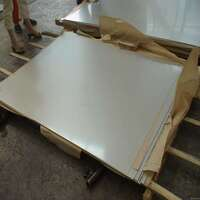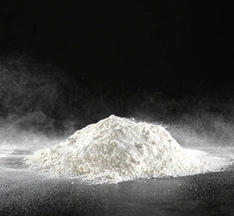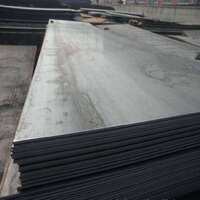1. Introduction
Just 48 hours ago, architecture firm Snøhetta unveiled its latest project in Oslo—a net-zero office building wrapped entirely in a custom zinc clad facade that dynamically adjusts to sunlight exposure. This move underscores a surging trend: architects are increasingly turning to advanced metal clad solutions not just for looks, but for performance, longevity, and environmental responsiveness.

Gone are the days when ‘metal clad‘ meant only industrial sheds or corrugated barns. Today, metal clad systems—ranging from corten steel siding to pac clad standing seam roofs—are at the heart of cutting-edge sustainable design. Let’s dive into how these specialty applications are transforming modern architecture.
2. What Does Metal Clad Mean?
At its core, the metal clad meaning refers to a composite material where one metal is bonded to another—often for enhanced corrosion resistance, strength, or aesthetic appeal. This process creates clad metals like aluminum clad steel or stainless clad aluminum, widely used in everything from aerospace to building exteriors.
In construction, ‘metal clad‘ typically describes exterior systems—walls, roofs, or panels—made from layered or coated metals. Think metal clad wall systems featuring corten steel plate or vertical standing seam metal siding crafted from colorbond steel.
3. High-Performance Facades: Where Metal Clad Shines
Architects now specify metal clad facades for their precision, minimal maintenance, and thermal efficiency. Unlike traditional cladding, modern metal systems integrate insulation, drainage, and even photovoltaic elements.

- Corten steel facade panels develop a protective rust-like patina, eliminating the need for painting while offering dramatic visual texture.
- Zinc clad dormers and zinc metal siding provide self-healing surfaces that resist weathering for over 80 years.
- Copper siding ages gracefully into a green patina, often used in heritage-sensitive urban infill projects.
These aren’t just decorative choices—they’re engineered responses to climate resilience and lifecycle cost reduction.
4. Real-World Applications Beyond Aesthetics
Take the new research hub in Portland, Oregon: its entire envelope uses corrugated steel facade panels backed by metal clad insulation. The result? A 30% reduction in HVAC load compared to conventional glazing.
Meanwhile, coastal developments favor aluminum clad pipe insulation and marine-grade alloys like 5083 aluminum plate to combat salt corrosion. Even structural elements—like steel base plates or thick steel plate supports—are now clad with titanium or nickel alloys for extreme environments.
In prefab construction, steel clad buildings use aluminum clad sheet or stainless steel metal plate for rapid assembly without sacrificing durability. Companies like Steel Clad Inc. specialize in turnkey metal clad houses that ship fully insulated and panelized.

5. Material Innovation Driving Adoption
The rise of alloy clad technologies has expanded possibilities. For example:
- 7075 T6 clad aluminum offers aerospace-grade strength for lightweight facade substructures.
- Inconel 625 weld overlay protects boiler plate steel in high-heat zones near mechanical penthouses.
- Electroless nickel and chromium electroplating enhance wear resistance on exposed metal nameplates and trim.
Even electrical systems benefit: metal clad electrical wire (often aluminum clad steel wire or cu clad wire) is standard in commercial builds for fire resistance and EMI shielding.
6. Sustainability and Lifecycle Value
Metal clad systems excel in recyclability—zinc, copper, and aluminum are among the most recycled materials on Earth. A zinc clad roof can be melted and reused indefinitely without quality loss.
Moreover, standing seam facade systems like PAC Clad HWP or PAC Clad coping minimize waste during installation. Their long service life (50–100 years) drastically cuts replacement frequency versus wood or vinyl.
Corten siding cost may seem high upfront, but when factoring in zero maintenance and energy savings, lifecycle costs often undercut alternatives. Same goes for stainless steel plate grades like 316L—ideal for coastal facades where salt spray would destroy lesser metals.
7. Conclusion
From corten steel plate accents to full-scale metal clad buildings, the niche application of clad metals in architecture is no longer niche—it’s mainstream innovation. As firms like Snøhetta push boundaries with dynamic, responsive skins, metal clad continues to prove it’s more than skin-deep: it’s smart, sustainable, and built to last.
Our Website founded on October 17, 2012, is a high-tech enterprise committed to the research and development, production, processing, sales and technical services of ceramic relative materials such as Metal. Our products includes but not limited to Boron Carbide Ceramic Products, Boron Nitride Ceramic Products, Silicon Carbide Ceramic Products, Silicon Nitride Ceramic Products, Zirconium Dioxide Ceramic Products, etc. If you are interested, please feel free to contact us.
